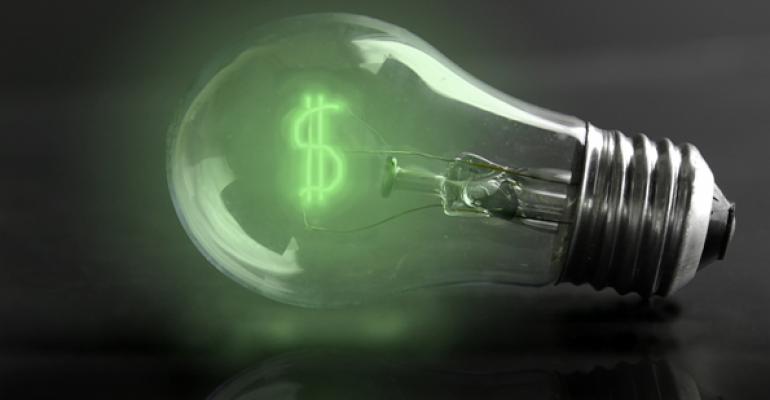At Avalon West Chelsea, a luxury apartment complex in New York City, a complicated, new system creates both domestic hot water and electrical power.
In February, state officials began tracking the electricity produced by the new system, which has the capacity to create 300 kilowatts of continuous power. That provides solid energy savings to building owners like REIT AvalonBay Communities. Dozens of major property owners have invested in combined heat and power (CHP) systems—especially in states like New York and California that offer incentives to help pay for them.
“The utility rates in New York already make CHP, also known as cogeneration, a compelling solution for energy users looking to save money,” says David Lesser, president of IntelliGen, an energy company which installs the systems.
How CHP works
Some mechanical systems produce useful heat, others generate electricity. CHP systems do both. Most conventional generators waste heat energy as they create electrical power. CHP systems put that heat to use, helping properties dramatically reduce their energy costs. CHP can also provide an emergency source of electricity that can keep the hallway lights and elevators running during a blackout.
In the last 12 months, New York State officials added another 23 new CHP systems to their list of systems they are tracking. All but a handful are at apartment buildings, which tend to be a good fit because they can use both the electricity and hot water CHP systems create most times of the day and night as residents ride the elevators, wash dishes or take hot showers.
In California, developers installed 25 CHP systems in 2014 at properties ranging from apartment buildings and colleges to government buildings, according to a list kept by the Department of Energy.
It is more difficult to use CHP in office buildings because they don’t need as much hot water. But in places like California, where officials promote energy saving technologies, CHP systems have been paired with absorption chillers, which can use the heat energy from a CHP system to provide air conditioning.
The cost to purchase and install
The costs to buy and install a CHP system vary widely, largely based on how the new system is installed. The least expensive installations place CHP systems close to existing systems, so that they need less extra wiring and plumbing to connect. Average costs range from roughly $4,500 per kilowatt of capacity in New York City and roughly $3,800 per kilowatt of capacity in the rest of New York State, according to information from the New York State Energy Research and Development Authority (NYSERDA).
CHP systems typically pay for themselves in five to eight years, without any help from government incentives. Even small buildings, with as few as 10 apartments, can benefit from them, according to Ed Kear, senior program manager for NYSERDA.
States like New York offer grants or other incentives for installation. For example, grants from NYSERDA typically cover about 40 percent of the total cost to buy and install CHP systems. The grants are worth $1,800 per kilowatt in New York City and $1,500 per kilowatt in other parts of New York State, up to a maximum grant of $2.5 million. With the incentive, systems tracked by NYSERDA typically pay for themselves in just three to six years, says Kear.
The grants are so attractive, the agency is beginning to cut back.
“We don’t need to spend as much money to attract their attention,” says Kear. Every six months the agency will trim the size of the incentive by 5 percent. The first cut will come September 1.
At the same time, municipalities are working to make CHP an even better deal. New York City officials are now working with utility companies to allow property owners to sell the electricity produced by systems like CHP back to utility companies when they produce more electricity than the building needs. “Right now, the tariff structure creates no benefit to export electricity,” says Kear.
“Systems are designed to last 20 years. We have CHP systems that are 30 years old and still running,” he adds.

